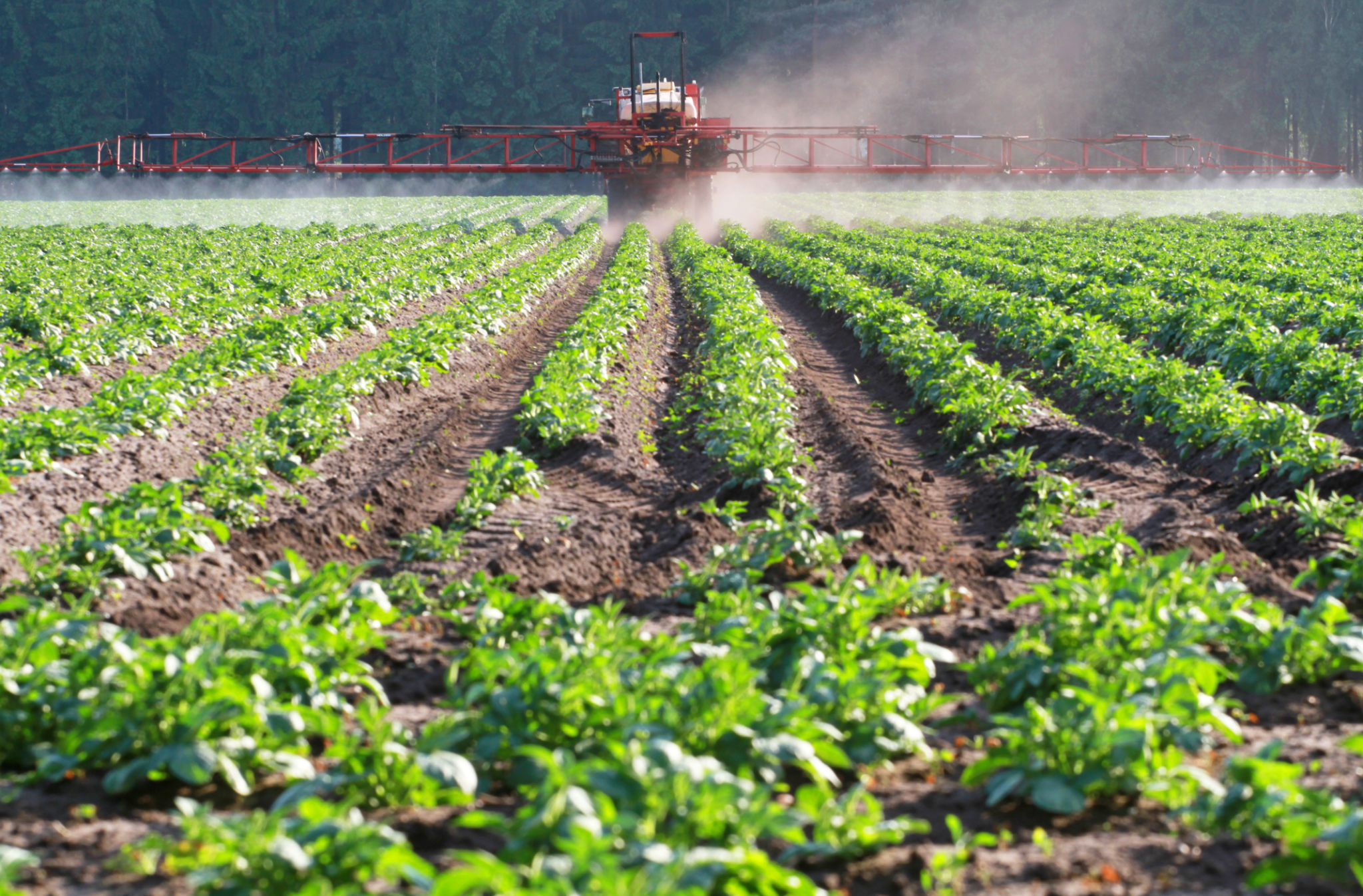How Herbicides Work on Weeds: A Comprehensive Guide
Understanding Herbicides
Herbicides are chemical substances used to control or eliminate unwanted plants, commonly known as weeds. These substances play a crucial role in agriculture by maintaining crop health and enhancing yields. Understanding how herbicides work is essential for effective weed management and ensuring environmental safety.

Herbicides function by disrupting specific biological processes within plants. The effectiveness of these chemicals hinges on several factors, including the type of herbicide, the method of application, and the growth stage of the weeds. By targeting particular plant processes, herbicides can provide selective control, meaning they can target weeds without harming desirable plants.
Types of Herbicides
Selective vs. Non-Selective Herbicides
Herbicides are broadly categorized into selective and non-selective types. Selective herbicides are designed to target specific weed species while leaving crops unharmed. They achieve this by exploiting differences in plant physiology between the weeds and the crops. Conversely, non-selective herbicides kill all plant types they come in contact with, making them suitable for areas where no vegetation is desired.

Pre-Emergent vs. Post-Emergent Herbicides
Another classification of herbicides is based on their timing of application. Pre-emergent herbicides are applied to the soil before weeds germinate. They form a chemical barrier that inhibits weed seedling development. Post-emergent herbicides, on the other hand, are applied after weed emergence and are absorbed through leaves, affecting active growth processes.
Mechanisms of Action
The mechanism by which herbicides affect weeds varies depending on their chemical composition. Some disrupt photosynthesis, while others interfere with amino acid or fatty acid synthesis. A few common mechanisms include:
- Photosynthesis inhibitors: These prevent the plant from converting sunlight into energy, ultimately leading to its death.
- Amino acid synthesis inhibitors: They block the production of essential proteins required for plant growth.
- Growth regulators: These mimic natural plant hormones, causing abnormal growth and eventually leading to plant death.

Factors Influencing Herbicide Effectiveness
Several factors can influence how effectively herbicides control weeds. Weather conditions like temperature and rainfall can significantly impact the uptake and activity of herbicides. Additionally, soil type and pH can affect how herbicides bind and persist in the environment. Understanding these factors is crucial for optimizing herbicide application and minimizing environmental impact.
Moreover, resistance can develop in weed populations when a particular herbicide is used repeatedly over time. To combat this, it's essential to employ integrated weed management strategies that combine chemical control with cultural and mechanical methods.
Environmental Considerations
While herbicides are valuable tools in managing weeds, their use carries environmental considerations. It's important to apply them judiciously to minimize runoff and contamination of water bodies. Adhering to best practices and following label instructions can help mitigate potential negative impacts on non-target organisms and ecosystems.

In conclusion, understanding how herbicides work and their proper application is key to effective weed management and sustainable agricultural practices. By selecting the right type of herbicide, considering environmental factors, and employing integrated management strategies, farmers can maintain healthy crops while protecting the environment.